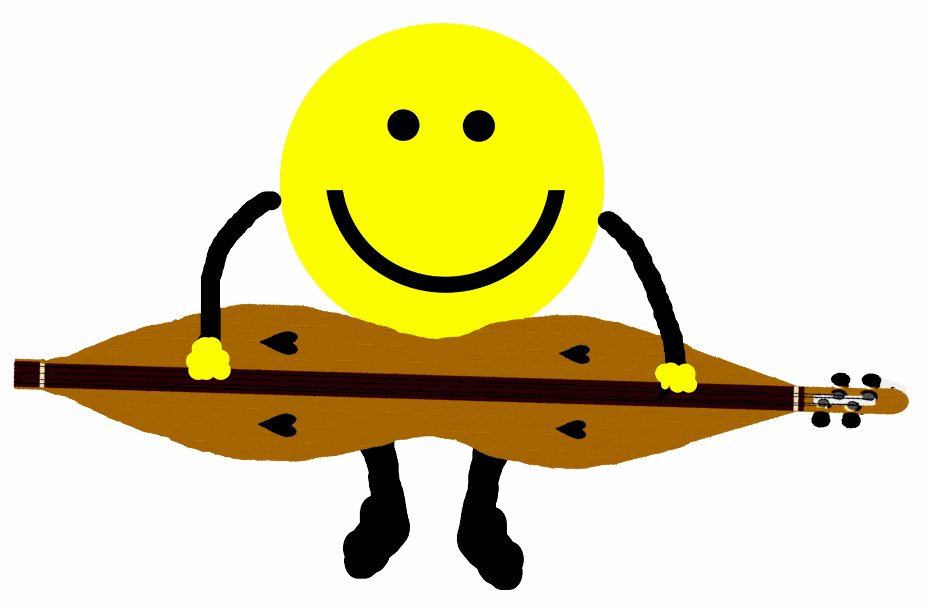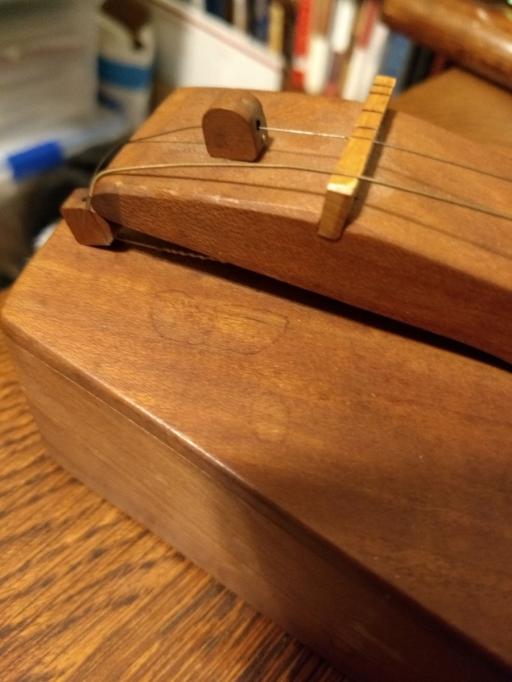Tab or info about a song Deireadn Fomhair
General mountain dulcimer or music discussions
Hello again kids, how's everybody out there in cyberspace? I hope everybody has survived. all of those fireworks. My dog went completely nuts. But that's not why I'm writing, I just stumbled across the song Deireadn Fomhair that I love. I'm not quite ready for finger picking and I don't know if there's any dulcimer tablatures out there for this song; it's composed for a guitar. looks like you need pretty Nimble fingers maybe down the road. the name of the song is Deireadh Fomhair played by Stephen Wake tuned to DADGAD. Do you think that there are any dulcimer tab. Out there







